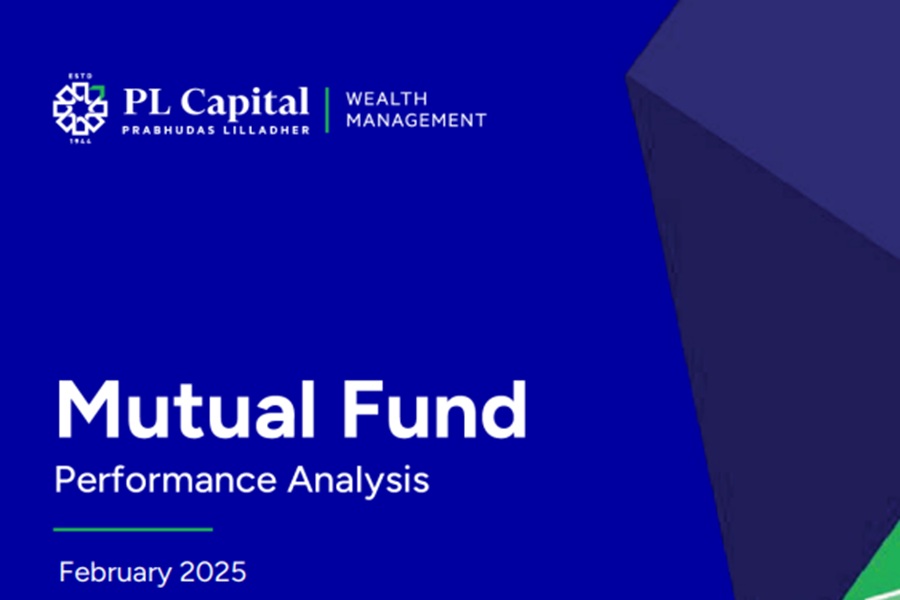Balanced Advantage Funds the smart asset allocator

In volatile markets, wouldn’t it be ideal to have an investment that dynamically adjusts asset allocation between equity and debt, offering the best of both worlds? Balanced Advantage Funds (BAFs) are designed to do just that—providing equity-like returns while minimizing short-term fluctuations, making them an excellent choice for conservative and first-time investors.
Why Choose Balanced Advantage Funds?
* Optimized Returns & Stability: BAFs actively adjust between equity and debt to ensure consistent growth while reducing volatility.
* Tax Efficiency: These funds enjoy the tax benefits of equity mutual funds, making them a tax-efficient investment option.
* Proven Performance in Uncertain Markets: BAFs are designed to perform well across different market conditions, offering a balance of growth and capital protection.
As of January 2025, data from the Association of Mutual Funds in India (AMFI) reveals that 34 Balanced Advantage Funds collectively managed Rs 4.08 lakh crore in assets, with 50.90 lakh investor folios. In last 3-months, BAFs accounted for nearly one-fourth of all net inflows into hybrid funds.
Case Study: Baroda BNP Paribas Balanced Advantage Fund
One of the top-performing BAFs, the Baroda BNP Paribas Balanced Advantage Fund, follows a dynamic asset allocation strategy across market capitalizations. Led by Sanjay Chawla, CIO - Equity, Baroda BNP Paribas MF, the fund actively adjusts allocations based on market conditions:
* 2021: Equity allocation dropped to 44% when valuations surged.
* Post Russia-Ukraine Conflict: Equity exposure increased to 74% to capitalize on market corrections.
* Post-COVID: Allocation peaked at 87%, leveraging market recovery.
According to the fund house, this strategy has enabled the scheme to capture 73% of the Nifty 50’s upside while limiting downside risk to just 32%. Since inception, the fund has delivered 93% of the NIFTY50 TRI’s returns with only a 59% average net equity allocation.
How Do BAFs Make Investment Decisions?
BAFs rely on a multi-factor asset allocation model to guide fund managers. The Baroda BNP Paribas BAF, for example, uses key indicators such as:
* Price-to-Earnings (P/E) Ratio
* Price-to-Book Value (P/B) Ratio
* Dividend Yield
* Earnings Yield Gap
These metrics are compared to long-term historical averages to fine-tune asset allocation, ensuring that investments remain aligned with market trends.
Performance & Alpha Generation
According to Baroda BNP Paribas, their BAF’s 3-year rolling returns average 14.7%, outperforming its benchmark. Investors who select top-quartile BAFs benefit from alpha generation over 1-year, 3-year, and 5-year periods.
Moreover, many BAFs enhance debt returns by investing in Real Estate Investment Trusts (REITs) and Infrastructure Investment Trusts (InvITs). Even within debt portfolios, fund managers dynamically adjust allocations between corporate bonds and government securities (gilts) based on macroeconomic and liquidity factors.
Who Should Invest in Balanced Advantage Funds?
* Conservative equity investors looking for a balance between growth and stability.
* First-time mutual fund investors seeking a smoother investment experience.
* Long-term investors (3+ years horizon) who want to benefit from active asset allocation.
* SIP, SWP, and lump sum investors looking for a dynamic equity-debt strategy.
Conclusion: A Core Portfolio Holding for Every Investor
BAFs offer intelligent asset allocation, tax efficiency, and risk-adjusted returns, making them an essential component of every investor’s portfolio. By dynamically managing equity exposure and debt investments, BAFs help navigate market volatility while maximizing growth opportunities.
Start investing in Balanced Advantage Funds today to experience stability, growth, and smart asset allocation!
Above views are of the author and not of the website kindly read disclaimer






















